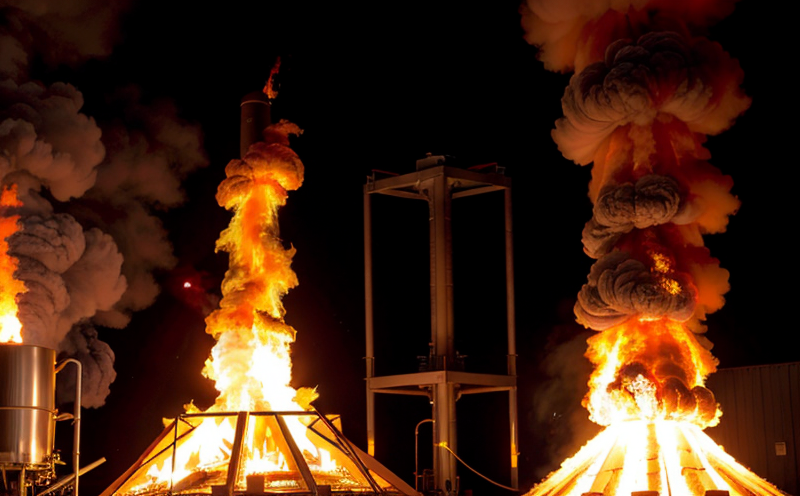Toy Flammability Safety Testing
The safety of children is paramount when it comes to toys and other child products. Toy flammability testing plays a crucial role in ensuring these items meet stringent safety standards, preventing potential hazards that could lead to burns or fires. This service involves rigorous procedures aimed at evaluating the flammability properties of toy materials under specified conditions.
Flammability tests are conducted using various methods depending on the target market and regulatory requirements. The most common test for toys is the ASTM F963-17 standard, which covers safety specifications and testing methods for toys. This includes specific sections dedicated to flammability testing. Another relevant standard is EN 71-1:2019, which also addresses toy safety.
The process typically involves placing a sample of the toy material into a controlled environment where it is exposed to a source of ignition. The flame spread and heat release are then measured and analyzed. This helps determine whether the toy meets the specified flammability limits set by regulatory bodies such as the Consumer Product Safety Commission (CPSC) in the United States.
Preparation of specimens for testing includes ensuring uniformity across samples to eliminate variability that could affect test results. Specimens are cut according to standard dimensions provided by the relevant standards, usually 10 cm x 25 cm pieces or similar sizes depending on the toy type. This ensures consistency in how each sample is tested.
After testing, detailed reports are generated summarizing all aspects of the evaluation process including any deviations from expected outcomes and recommendations for improvements if necessary. These reports serve as important documentation for manufacturers to ensure compliance with local regulations and industry best practices.
The importance of this service cannot be overstated given that thousands of children suffer from burn injuries annually due to unsafe toys. By adhering to these tests, companies can help protect young consumers while maintaining their reputation for producing safe products.
- Reduces risk of burns and fires associated with improperly designed or manufactured toys
- Maintains brand integrity by demonstrating commitment to child safety standards
- Avoids potential legal actions from product liability lawsuits resulting from injuries caused by hazardous materials in toys
In conclusion, toy flammability testing is an essential component of ensuring the safety of children's products. It provides critical data needed for making informed decisions about material selection and design changes that enhance overall product safety.





